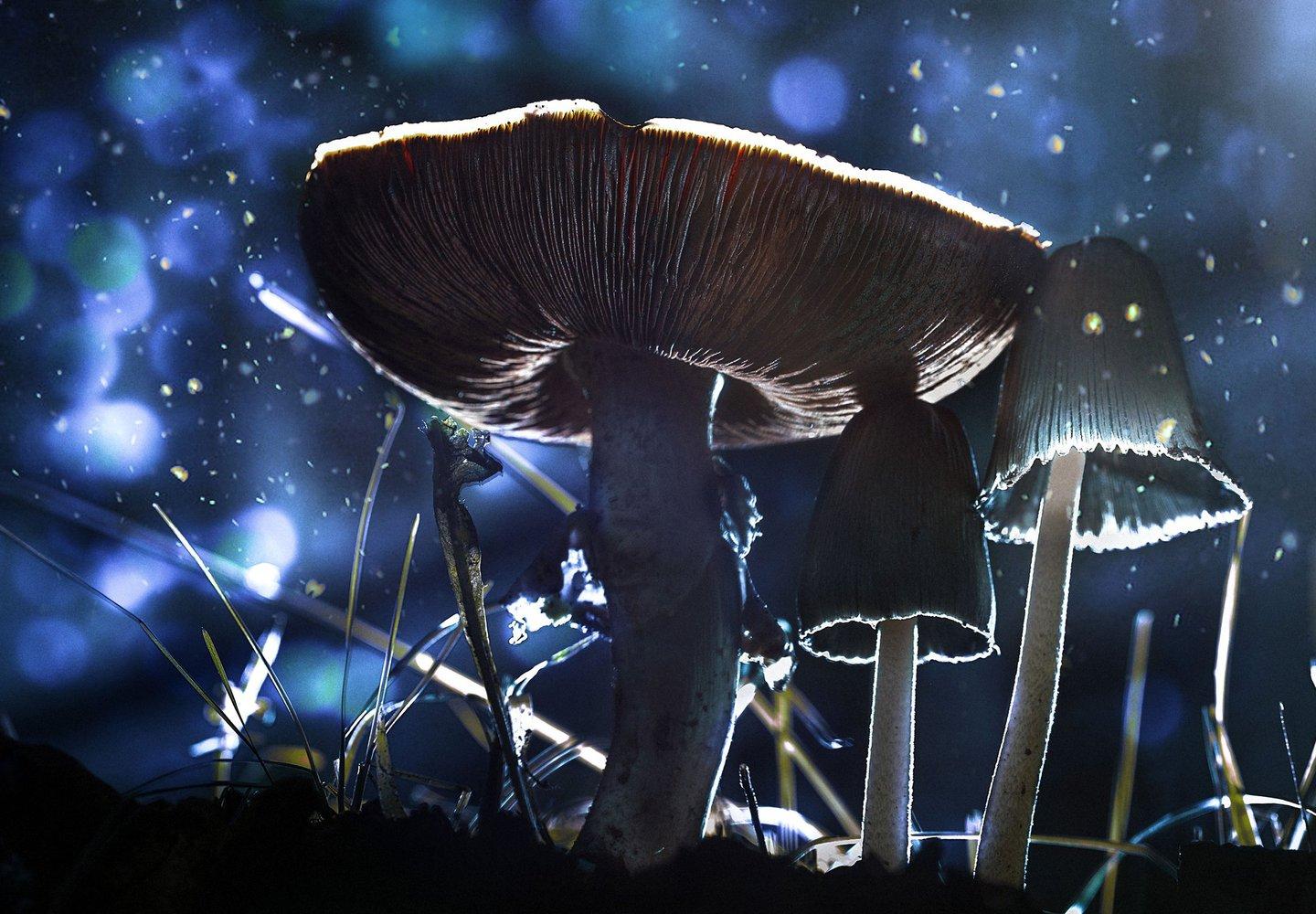
Chernobyl mushrooms
Mushrooms that “eat” radioactive radiation were found on the walls of the destroyed Chernobyl nuclear reactor No. 4 almost three decades ago. Scientists controlling robots remotely noticed that their dark layers seem to grow towards radiation sources, as if attracting microorganisms ...
More than a decade later, University of Saskatchewan professor Ekaterina Dadacheva and her colleagues purchased some of these mushrooms in place and after research noticed that they grow faster in the presence of radiationcompared to other mushrooms.
All three species tested, (1) i, were found to be abundant. melanin, a dye also found in human skin. People with darker skin tones have much more of it. Melanin is known to absorb light and scatter ultraviolet radiation. Looks like it absorbs radiation too and turns it into mushrooms chemical energy needs to grow, perhaps in the same way that plants use it.
To learn more about Chernobyl's radiation-loving fungi, scientists at the US Jet Propulsion Laboratory (JPL) sent eight species collected from the area aboard the International Space Station (ISS) in 2016 in an attempt to observe how these organisms would respond to conditions. there. . ISS environment exposes residents to radiation 40-80 times greater than on Earth. The researchers hoped these fungi created molecules that could potentially stay addicted to drugsadministered to astronauts to protect against radiation during long missions. The results of the experiment have not yet been published. There are other experiments to study the possibility of using these mushrooms in space, which will be discussed below.
Dadakhova already noted in a 2008 paper that Chernobyl mushrooms they are almost certainly not the first on Earth with this propensity among living organisms. "" - wrote the researcher.
This creates an intriguing possibility - places in space where organisms containing melanin thrive in an irradiated environment. Or maybe we will be those organisms that will be helped by radio-loving mushrooms in space?
Instead of armor - breeding mold
According to NASA, astronauts are exposed to radiation of up to 160 millisieverts during a six-month mission, the equivalent of about 26 chest x-rays and 18 times more than the average Earthling receives during the same period. Mars, which we want to go to, is even worse in this respect. An astronaut on a 1000-month round trip would be exposed to 10 millisieverts, or XNUMX millisieverts. .
2. Laboratory cultivation of Cladosporium sphaerospermum.
Used for radiation protection spaceship radiation shields made of plastic or metals such as aluminum and stainless steel. However, they can be heavy and easily damaged. In 2018, several high school students in Durham County, North Carolina came up with an unusual solution to this problem - creating a mold protection screen. More precisely, they proposed the already mentioned “Chernobyl” species (2).
A group of students led by Graham Shank, who is now a student at the North Carolina School of Mathematics and Science, received mold samples from a Minnesota-based company. With the help of the research company Space Tango, they were sent to the ISS in December 2018. On the International Space Station, astronauts placed mold samples in petri dishes, filling each halfway. Geiger counters then measured the radiation level under the vessels every 110 seconds for 30 days. In places protected by mold, the average level of radiation decreased by an average of 2,4 percent.
Preliminary results from this experiment have been published on the bioRxiv website but have yet to be verified. They suggest that the layer of mold could serve as a shield against radiation in space. It absorbs radiation and converts it into chemical energy in a process called radiosynthesis. This is a process similar to photosynthesis, which is used by most plants to convert sunlight into energy.
Schunk and other researchers suggest that if the mold layer were about 21 centimeters thick, it could provide people with sufficient protection from the levels of radiation on Mars. They believe that this protection would be stronger if the mold completely covered the object, and not just one side, as was the case in the study.
This type of protective lining has a great advantage over other types of radiation shieldsas scientists emphasize, because it can grow in space due to the constant supply of radiation. This means that only a minimal amount of fungus can be taken on board, and the weight of the cargo is critical in spaceflight.

